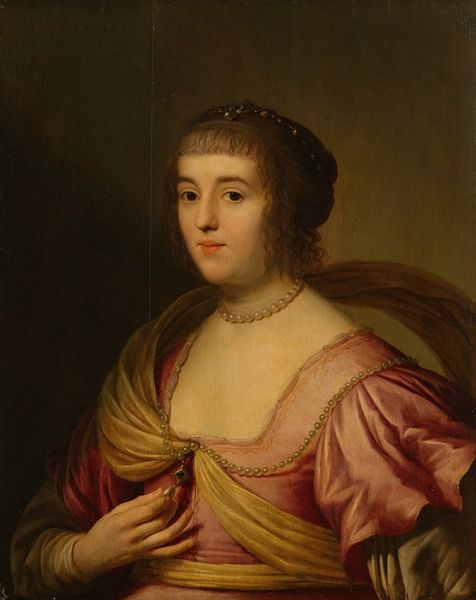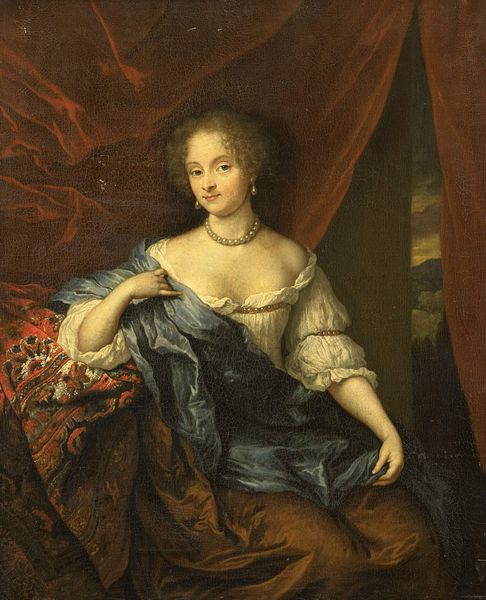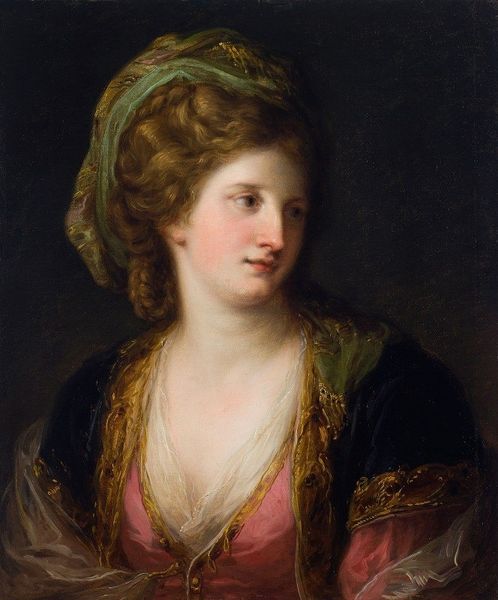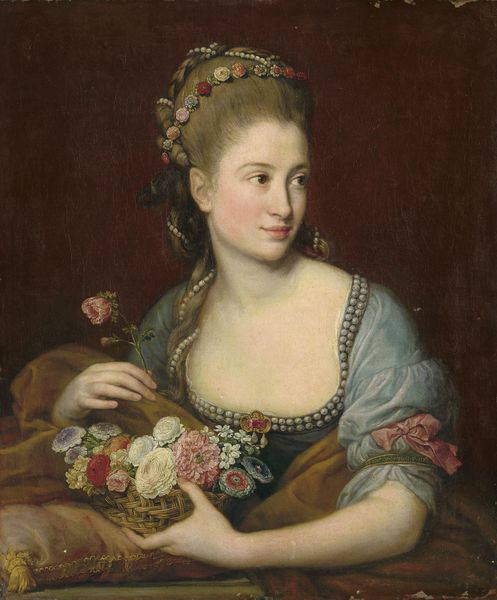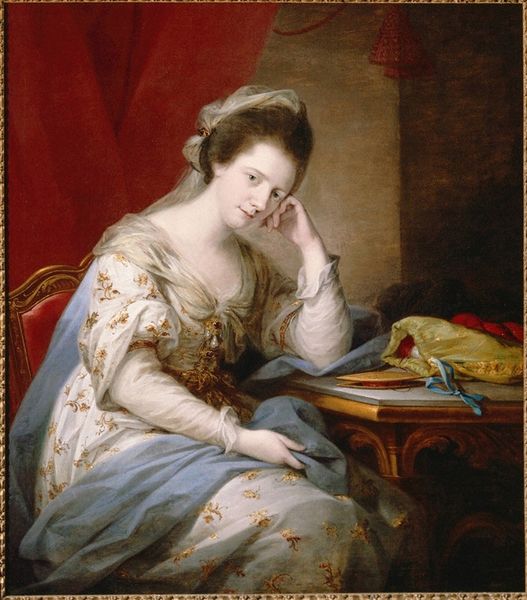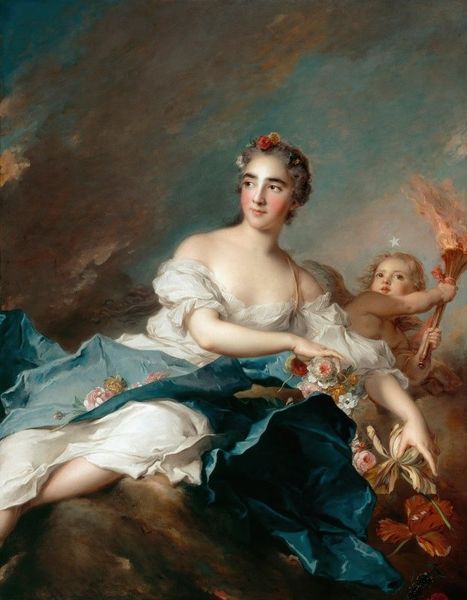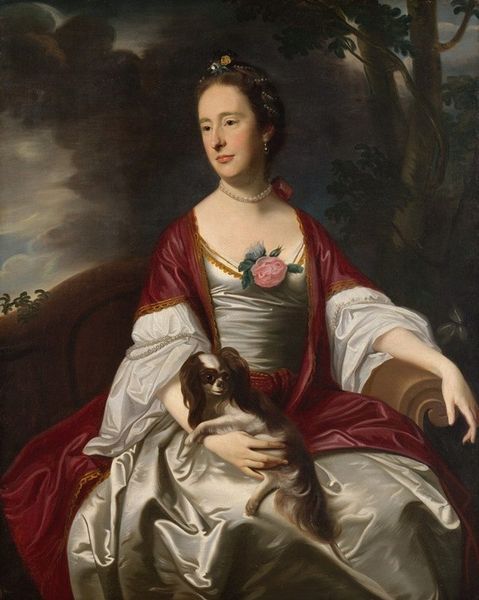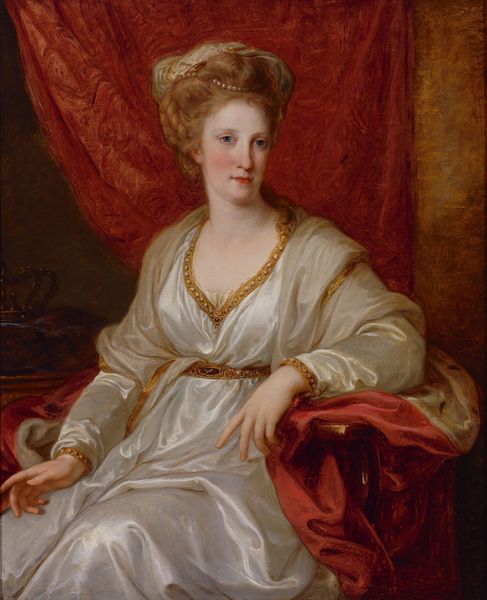
painting, oil-paint
#
portrait
#
allegory
#
painting
#
oil-paint
#
history-painting
#
rococo
Copyright: Public Domain: Artvee
Editor: Here we have Tiepolo's "Saint Cecilia," painted sometime between 1750 and 1760. The way her gilded sleeves contrast with the simple, almost mass-produced look of her dress, it really catches the eye. What's your take on this work? Curator: Look closer at those "simple" materials. The pigments used for that pale blue—likely lapis lazuli, even if diluted—were incredibly costly. Then consider the canvas itself, the process of layering oil paints, the sheer labor involved in creating this illusion of luxury and piety. This was not just artistic creation, but a carefully managed act of conspicuous consumption. Who was meant to view it? Editor: Presumably, someone wealthy enough to commission it, perhaps for a private chapel? Curator: Exactly. And think about the message being conveyed. The Rococo style itself, known for its ornamentation, served specific social functions. It reflects the elite’s leisure, status and…taste. Tiepolo presents us with the spiritual conveyed through material means. The artist also signals his own cleverness and labour. What labor, thought, goes into a symbol? Editor: So it's not just about devotion, but also about demonstrating the patron's power and the artist's skillful management of resources? The halo of flowers suggests the artist's attempt to use cheaper material in contrast with jewels. Curator: Precisely. These aren't just aesthetic choices. They’re calculated economic and social statements, embedded within the very materials and production processes. This piece reminds us that art is a product of labor and materials reflecting specific historical power dynamics. Editor: I never thought about the cost of the blue paint! Thinking about the artwork that way really does provide more depth, thanks!
Comments
No comments
Be the first to comment and join the conversation on the ultimate creative platform.

